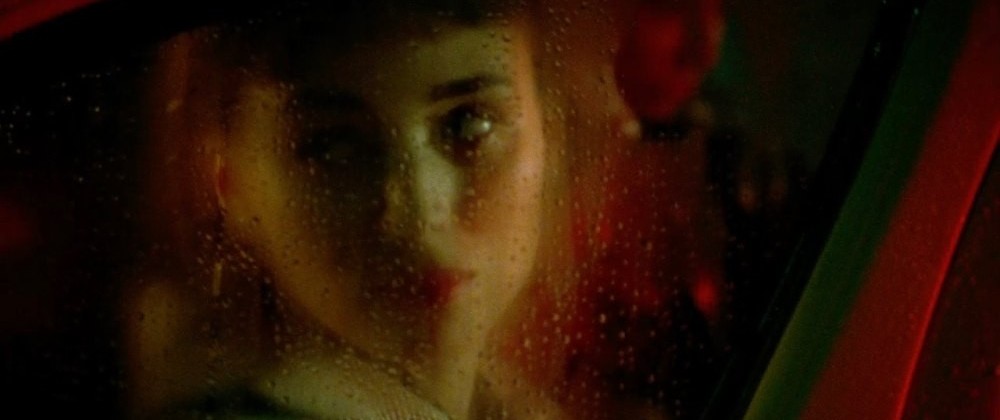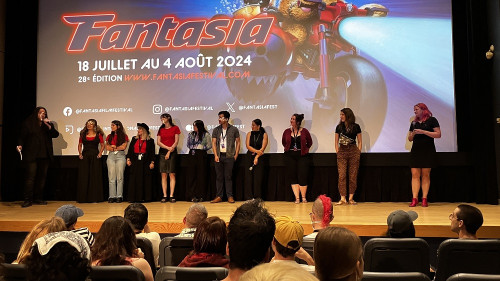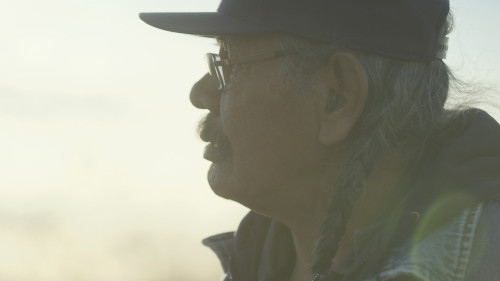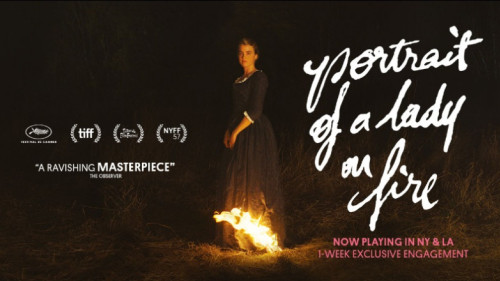Volume 20, Issue 7 / July 2016
Gender and Genre
In this issue
-

The Vernal, The Visceral and The Violent: The Texas Chain Saw Massacre and The Final Girl
-
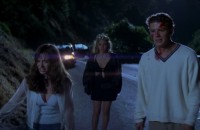
“Not in my Movie”: The 90s Slasher Cycle and Grrrl Power
-
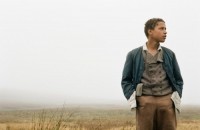
Proud People Breed Sorrows for Themselves: the film Wuthering Heights, directed by Andrea Arnold
Heathcliff: “A half-civilized ferocity lurked yet in the depressed brows and eyes full of black fire”
-
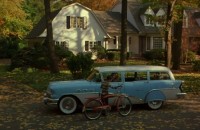
Far From Heaven and Carol: Channeling 1950s Melodrama
-
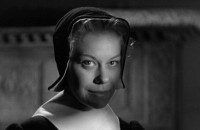
Are Women Magic? Ray Carney’s Speaking the Language of Desire
In this issue we focus on the broad theme of films that deal with genre and gender. The issue opens with Justin Langlois’ essay, “The Vernal, The Visceral and The Violent: The Texas Chain Saw Massacre and The Final Girl”, which focuses on Tobe Hooper’s The Texas Chainsaw Massacre (1974), a film which is often talked about as a progenitor of the slasher film, if not the first. While not fitting into Vera Dikka’s structural definition of the stalker film The Texas Chainsaw Massacre does set the template for what we now define as, in a post-Carol Clover era, the Final Girl. Though one can argue if doing a close analysis of the final scene and Marilyn’s state of hysteria, that her ‘freedom’ has come with a heavy emotional and psychological price, she is definitely the LONE survivor. Langlois refers to several seminal texts in his discussion of The Texas Chainsaw Massacre which, he argues is sadomasochistic but NOT misogynist, which is a criticism that can be labeled of some slasher films. Langlois’ main point is to read the role of Marilyn Burns’ Final Girl Sally as embodying elements of female empowerment, something which forms part of Clover’s defense of the slasher film. Contrarily, Langlois reads The Texas Chainsaw Massacre in terms of masculinity, and sees Leatherface and his surrogate family as representing a gender confused and failed masculinity of the southern patriarchal society. In her essay “Not in my Movie”: The 90s Slasher Cycle and Grrrl Power” Alexandra West looks at the second wave slasher film, or the post-Scream slasher film, and defines them as quite a different beast from the first wave slasher/stalker films of 1978-1982. These later or neo-stalker films are, according to West, a product of third wave feminism as much as populist postmodernism. The focus now is on the young female stars, many of whom were established TV personalities, and their lifestyle, shaped by a confidence and maturity gained through a mainstream acceptance of feminism. The next essay deals with the film Wuthering Heights (2011), by a female British director, Andrea Arnold, who has slowly established herself as one of the most interesting directors of female themed cinema working today. Since Garrett’s writing Arnold has added to this reputation with her first North American film, the vibrant, intoxicating road movie American Honey, a film which I’ve described elsewhere “a 21st century version of the Maysles Brothers 1968 verite classic Salesman…..[and a] blend [of] Harmony Korine meets John Cassavetes, with a touch of Terrence Malick thrown in… .” Along with this attention to strong female characters, both films, American Honey and Wuthering Heights are filmed in the non-standard ‘outdated’ aspect ratio of 1.37:1. My guess is that Arnold has chosen this aspect ratio not only to render the films aesthetically different but to achieve a more intimate compositional range for her performers. Author Daniel Garrett does not so much as compare this latest adaptation of Wuthering Heights to its many predecessors but rests it side by side, pointing out the many ways director Andrea Arnold’s rendition is a decidedly contemporary take on the classic literary tale. Perhaps as much a rethinking of the story as an adaptation, even going as far as (quoting another writer) suggesting that Arnold’s version may, in some timeless state, have served as an inspiration for the novel (or unraveling of Bronte’s unconscious or unstateable feelings). First time writer Mitra Moir offers a close comparative analysis of two similar themed films, Far From Heaven and Carol, by another contemporary director who has given voice to some of the most interesting female characters in recent American cinema, Todd Haynes. Like Andrea Arnold, Haynes likes to play with setting to situate his narrative world somewhere between a cinematic past and a real world present. The final article in this issue, Michael Sooriyakumaran’s review essay of Ray Carney’s book on Carl Dreyer, is only indirectly related to the theme of gender and genre. Sooriyakumaran’s main point is to challenge aspects of Carney’s formal approach to Dreyer and Carney’s flippant disregard of previous scholarship, but to arrive at his points Sooriyakumaran must deal with Dreyer’s films themselves, and here we can see how important the position of women are to Dreyer’s universe. In some cases, like in Day of Wrath and Ordet, the women are the central figures in how the films ‘hesitate’ between drama and the supernatural. (Donato Totaro, ed.)
Preview the 2016 edition of the FNC


